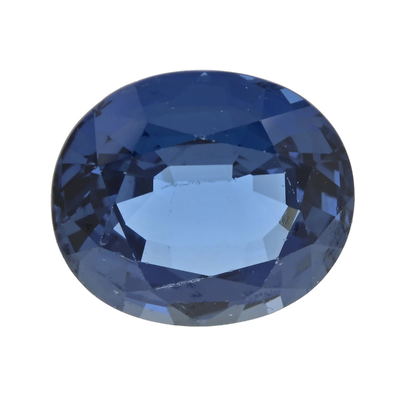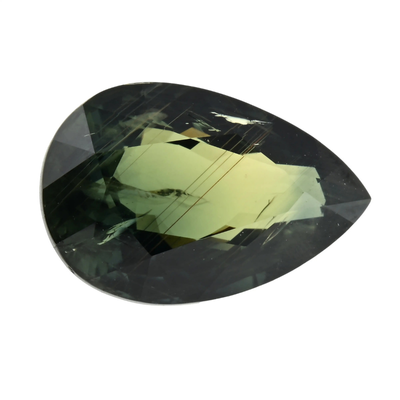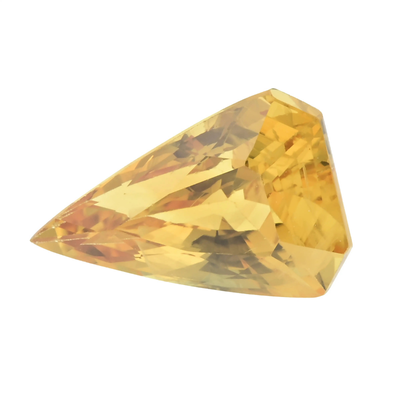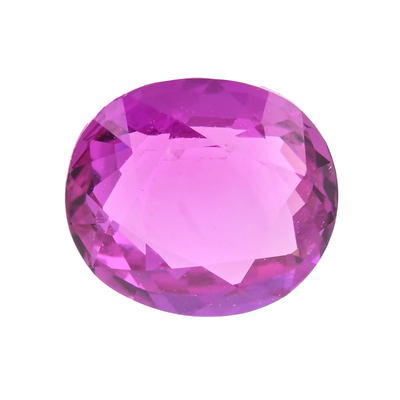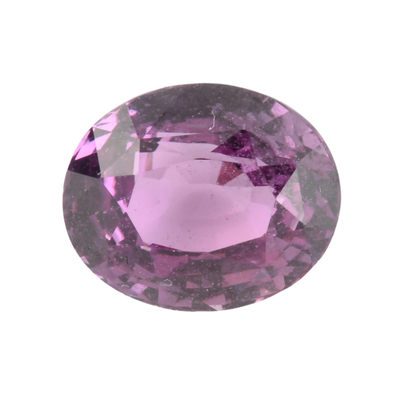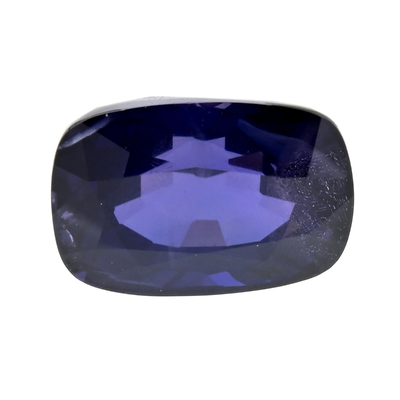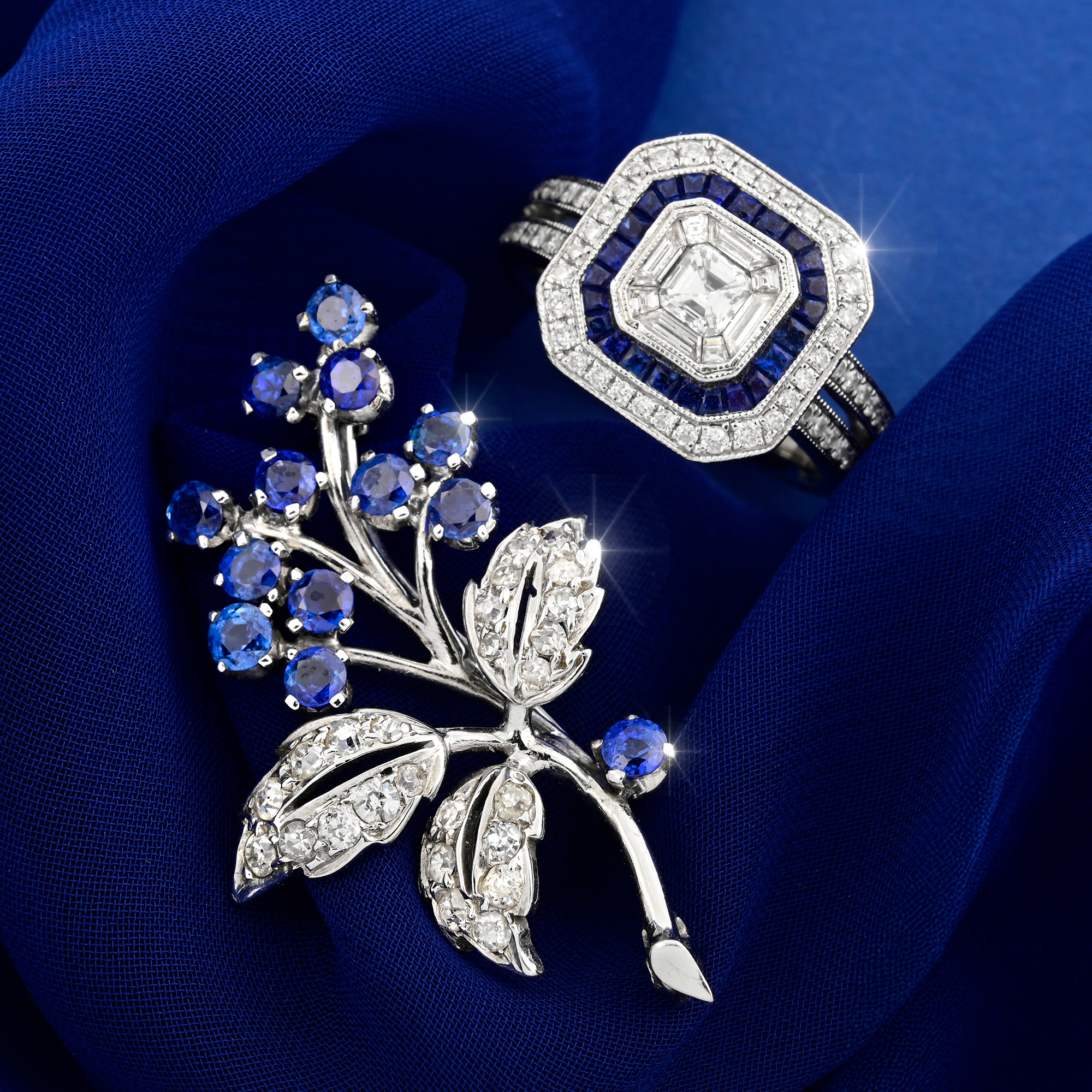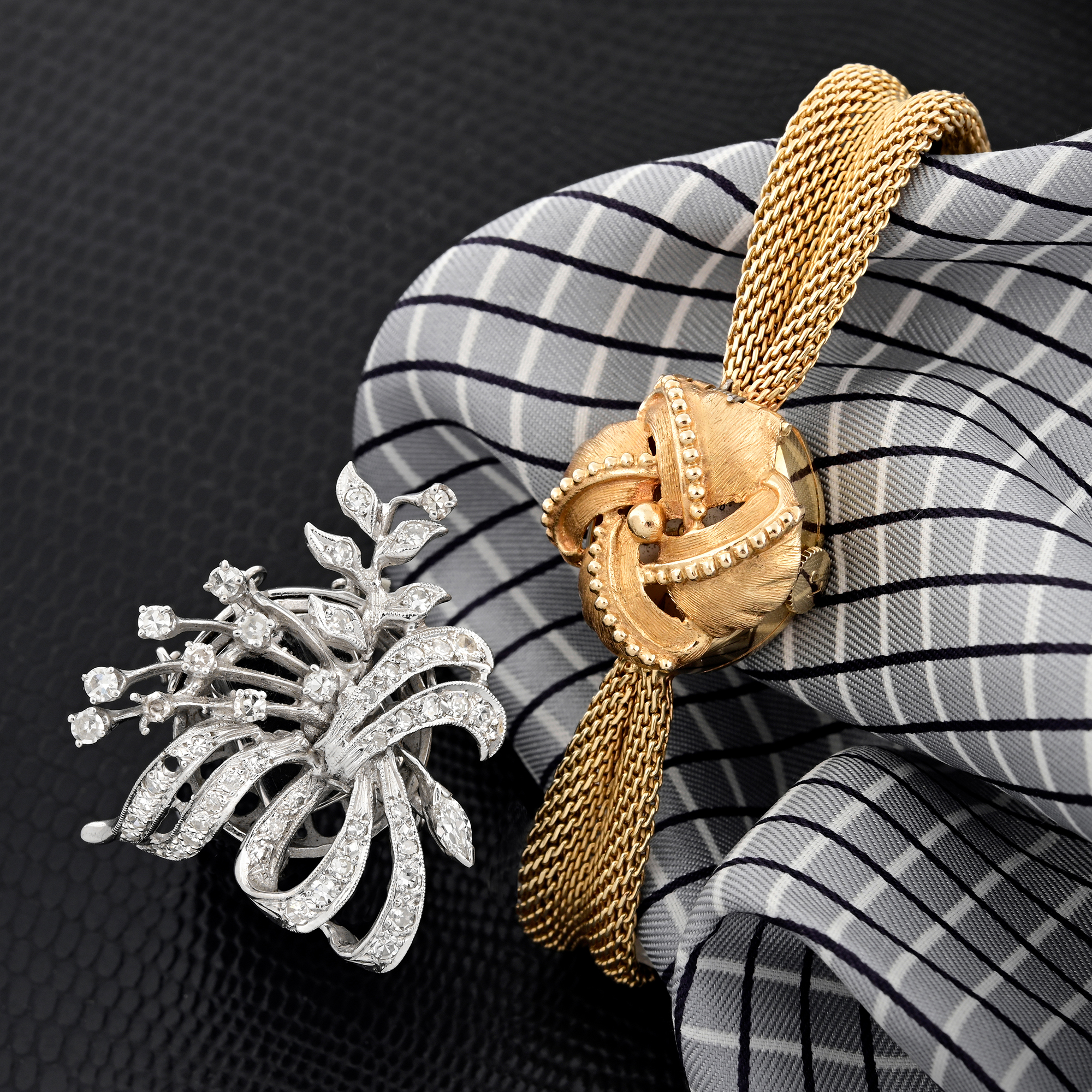Sapphire is a variety of the mineral corundum, which in its purest form is colourless. However, nature rarely leaves things untouched. Tiny amounts of trace elements (such as iron, titanium, or chromium) can dramatically alter the appearance of corundum, giving rise to the stunning colours we associate with sapphires.
In gemmology, red corundum is classified as ruby, while all other colours, blue, green, yellow, pink, and more, fall under the sapphire category, with non-blue varieties termed ‘fancy sapphires’.
Colours of Sapphires
Colour is a key quality in sapphires. The finest stones exhibit vivid saturation, even distribution, and minimal zoning.
- Blue: Iron and titanium create this iconic hue. The most coveted displays a velvety blue to violetish-blue tone in medium to medium-dark shades. Overly light, dark, or greyish stones are less valuable. Notable sources include Madagascar, Sri Lanka, and Kashmir.
- Green: Iron and titanium also influence green hues. While less sought-after than blue, pure, saturated green stones are rare and prized. Many commercial-grade sapphires display greenish-blue or even a mix of blue and yellow colour banding, but often, the distribution and saturation look patchy, and this is not ideal.
- Orange/Yellow: Naturally yellow sapphires owe their colour to iron, which can range from light lemon to deep golden yellow. Orange sapphires may contain chromium in addition to iron, producing shades from mandarin orange to reddish orange. Like with green sapphires, the most prized stones have vivid saturation and uniformly distributed colours.
- Pink/Purple: In pink sapphires, chromium (replacing aluminium ions in the corundum crystal lattice) absorbs light in the green and blue region of the spectrum, thereby enhancing red and pink tones. Similarly, purple sapphires owe their hue to the presence of vanadium combined with iron and titanium, which together influence light absorption to produce shades ranging from pale pink to vivid magenta. High-quality specimens can rival rubies in visual appeal.
- Padparadscha: These stones are unlike other sapphires as they have a unique pinky-orange colour, almost coral. The name for these stones comes from the Sanskrit word for lotus blossom. Padparadscha sapphires colours can range from light to medium pinkish orange to orange-pink. Two primary chromophores are held responsible for it: chromium for the pink tones and iron for its orange component.
- Colour-change: These rare gems shift colour depending on the light source. Most commonly, they appear blue under daylight and purple under incandescent light; however, other colours, such as green to reddish-brown or even violet to pink, are also possible. In this case, the chromophores most involved are chromium and vanadium, or a combination of iron, titanium, and vanadium. The strength of the colour change is the key factor regarding value.
Clarity of Sapphires
Clarity refers to internal features, like inclusions or colour zoning. While most sapphires contain minor inclusions, the highest-quality stones are eye-clean. Some inclusions, like "silk" (fine rutile needles), can enhance desirability, particularly in Kashmir or Sri Lankan sapphires. Colour zoning may be tolerated if it doesn’t detract from beauty, or even celebrated, as in Australian or Montana parti-sapphires.
Cut and Carat
A poor cut can diminish a stone’s appeal by misrepresenting its colour or brilliance. When selecting the ideal cut for a rough sapphire, the cutter must carefully consider the original shape, any clarity issues such as inclusions or internal fractures, and potential colour zoning. The orientation of the cut plays a vital role because of the stone’s pleochroism, which is the way a crystal can display different colours from different angles. Additionally, the direction of colour saturation, as well as the lightness or darkness of the rough, is key to maximising the beauty of the finished gem. All these decisions must be balanced to preserve as much weight as possible.
Sapphires are a testament to nature’s artistry and human craftsmanship. Their kaleidoscope of colours, shaped by chemistry and cut, ensures their timeless appeal among collectors, jewellers, and enthusiasts. Few gemstones rival their diversity and enduring charm.

